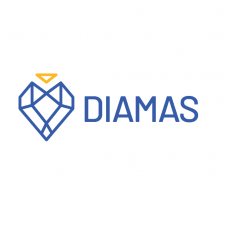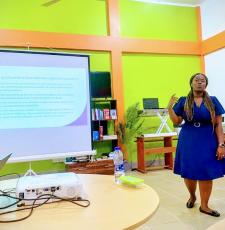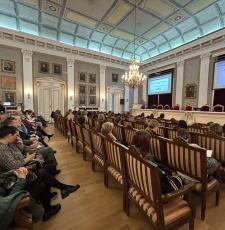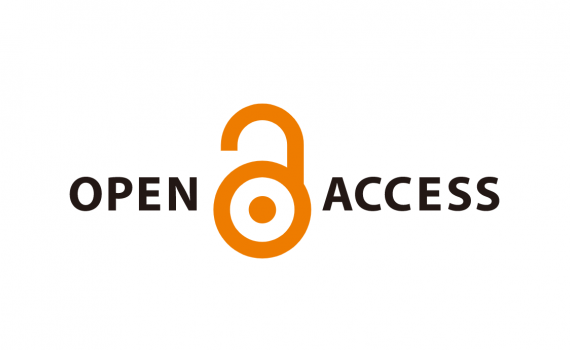
Romy Beard, EIFL Licensing Programme Manager, analyses the amount of research published in open access in 2020 by authors from EIFL partner countries, to find out if EIFL-negotiated agreements are making a difference.
The EIFL Licensing Programme has been negotiating open access agreements with publishers since 2016. These include waived and discounted Article Processing Charges (APCs), as well as free and discounted read & publish terms, and aim to increase the amount of open access publishing output. We currently have 11 agreements with publishers, six of which were signed in 2020.
Many publishers have APC waiver and discount schemes for authors from developing and transition economy countries. However, publishers' eligibility criteria can change unexpectedly; hybrid journals are usually excluded, and many researchers are not aware of these schemes as they are not always well publicized.
EIFL’s agreements vary from publisher to publisher. Each agreement includes a different set of eligible countries and open access journal types, although we try to include both fully open access and hybrid journals. Our agreements are fixed for three years to give more certainty to authors. We promote country-specific lists of eligible journals, which can be searched by subject, to consortia, libraries and researchers. We also encourage publishers to enable automatic recognition of authors, so that authors do not need to tick a box, email an editor, or have their institution sign an agreement. We try to follow EIFL principles when negotiating open access agreements with publishers.
We wanted to find out about the impact of our current agreements on the open access publishing output in our partner countries, and to identify issues that we should consider when we assess these agreements in future. Our analysis was focused on four publishers where agreements were in effect for all of 2020 and where there was some publishing activity from authors in eligible EIFL countries: Cambridge University Press, De Gruyter, SAGE and Taylor & Francis.
We encountered several challenges. Nonetheless, we can confidently say that the agreements contributed towards a 62% increase in open access publishing output from 2019 to 2020, based on Web of Science (WoS) data.
DATA ANALYSIS
To understand the impact of EIFL’s agreements, we looked at Web of Science data, specifically:
- articles published with four publishers where our agreements were in effect for all of 2020, and where we had publishing activity: Cambridge University Press, De Gruyter, SAGE and Taylor & Francis;
- articles published by corresponding authors based in countries included in these four agreements;
- articles published in journals that were included in our agreements with the four publishers.
According to this data, in 2020, 630 articles were published in open access in eligible journals from Cambridge University Press, De Gruyter, SAGE and Taylor & Francis. By comparison, in 2019 only 388 articles were published in open access in eligible journals by the same four publishers. Thus, EIFL agreements contributed towards a 62% increase of open access publishing where agreements were in effect. The country with the highest increase of open access output within these parameters was Ethiopia, where the number of open access articles published in these journals increased from 102 in 2019 to 221 in 2020.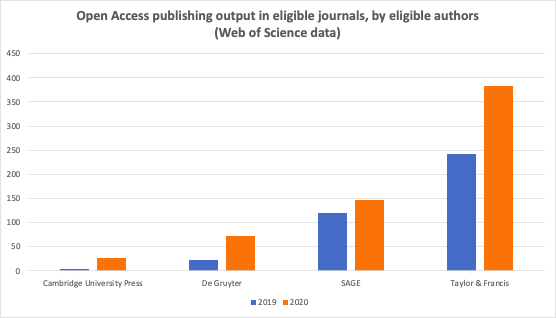
We also received reports directly from publishers. We had hoped that these might give us a more complete picture, since not all articles are indexed in Web of Science. However, we found huge discrepancies between the publishers’ reports and the Web of Science data. Many articles were listed on the publishers’ reports, but not on the WoS report, and vice versa. We found various reasons for this: some articles were not indexed in WoS; some were classified in WoS as reviews or letters, and not research articles, and some articles were attributed to a corresponding author based in a non-EIFL partner country. In addition, publishers have their own APC waiver and discount schemes which overlap with EIFL agreements in terms of eligible journals and eligible countries, and it is possible that some publishers assigned some of the articles only to their own schemes, and excluded them from the report to EIFL.
Both sets of data had shortcomings, but with respect to the needs of our assessment, that is, to establish the impact of our agreements on open access publishing output from our partner countries, we found the Web of Science data to be more consistent, especially for a year-on-year comparison. We therefore focused on the WoS report, rather than trying to work with two sets of data, given the extent of the discrepancies between them.
MISSED OPPORTUNITIES
Next, we analyzed the articles that had been published by an eligible author in an eligible hybrid journal in closed access, according to the data from WoS, despite the availability of APC discounts or waivers.
- 62 authors who were eligible for discounted APCs published a total of 64 articles in closed access in hybrid journals with two publishers that had included hybrid journals in their agreements with EIFL. There could be many reasons for this, but from our experience we believe that the authors did not have funding even for a discounted APC, which is still too expensive for authors from a developing or transition economy country.
- 57 authors who were eligible for waived APCs published a total of 64 articles in closed access in hybrid journals with one publisher, where the waiver was not automatically applied and the authors needed to email the publisher to claim the waiver. This suggests (and reinforces our understanding) that although waivers are available, the need to claim them complicates the publishing process for authors, and can act as a hurdle to publishing in open access.
- 10 authors who were eligible for free open access publishing through a read & publish agreement (via one publisher) published their articles in closed access. Possibly this agreement was not well publicized and authors were not aware of the option to publish in open access, or the authors preferred to publish in closed access.
Recommendations for publishers
Based on our experience and conversations with authors in developing and transition economy countries, here are some recommendations for publishers that charge APCs for publishing in open access:
- Make sure that discounted APCs are affordable, and take into account the real situation in each country. Currently, publishers categorize countries for waivers or discounts based on different classifications (for example, GDP, World Bank or Research4Life grouping), but do not consider whether research funding for APCs is available.
- Keep APC waivers and discounts in place without making sudden changes to countries’ eligibility in order to provide certainty for authors. Currently, authors from a country who are eligible for waivers one year but may not be eligible the following year.
- Include hybrid journals. In order to make open access publishing truly equitable for authors in developing and transition economy countries, waivers and discounts should be offered not just for fully open access journals, but also for hybrid journals. At the moment, publishers that are excluding hybrid journals are pushing authors to publish behind the paywall in those journals if they don’t have any funding to pay for the APCs - which most of them don’t.
- Have clear communication on their website about APC waivers and discounts:
- A general page, including a title list of eligible journals
- Information on each journal’s web page
- Introduce automatic recognition of eligible authors during the submission process. Waivers and discounts should be applied automatically to the APC price without the need to tick a box, enter a code, or email the editor.
As an alternative to offering APC waiver and discount schemes, consider engaging with libraries and consortia, or EIFL where relevant, to sign read & publish agreements, which can help to publicize eligible journals to institutions and their authors and thereby increase the number of articles published in open access.
SHARE / PRINT






